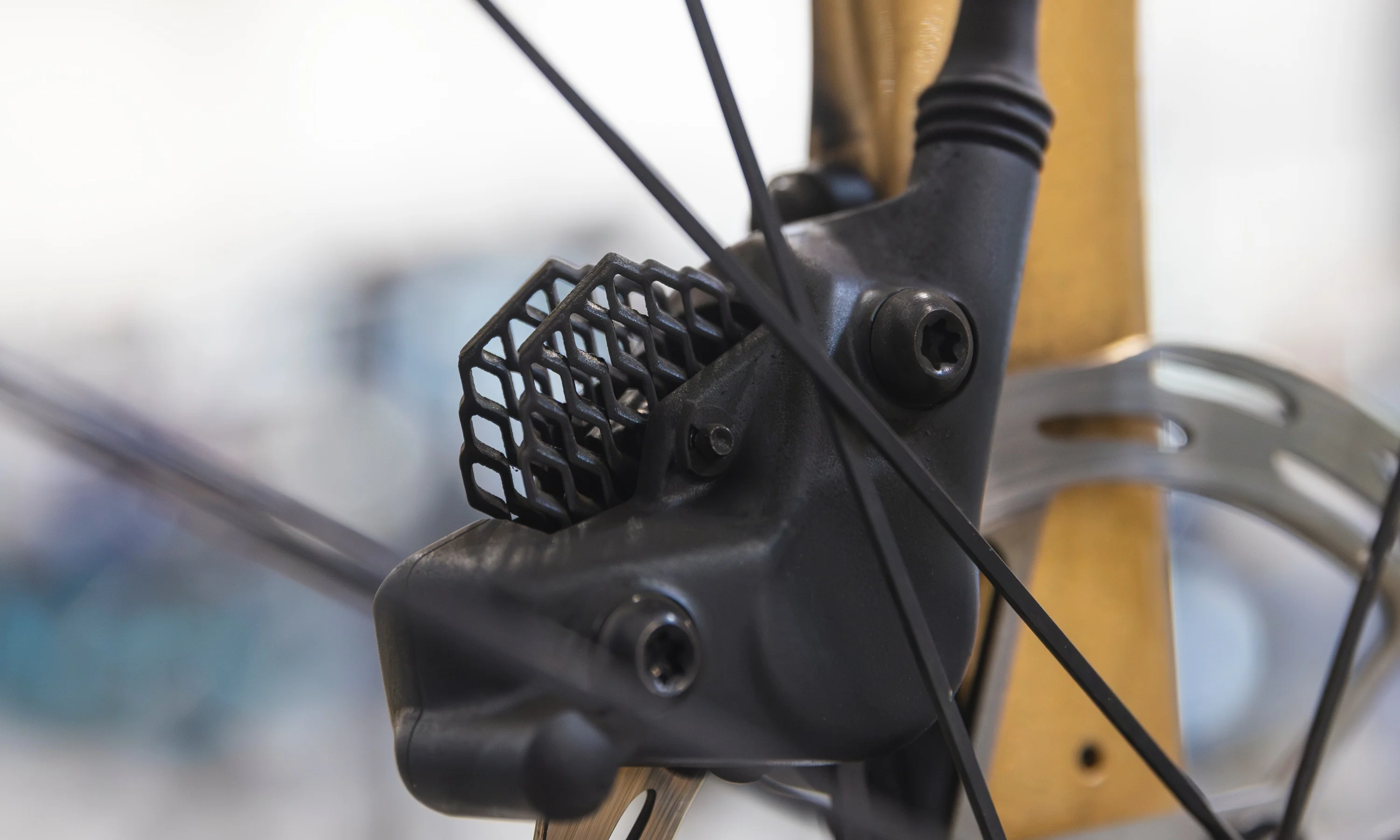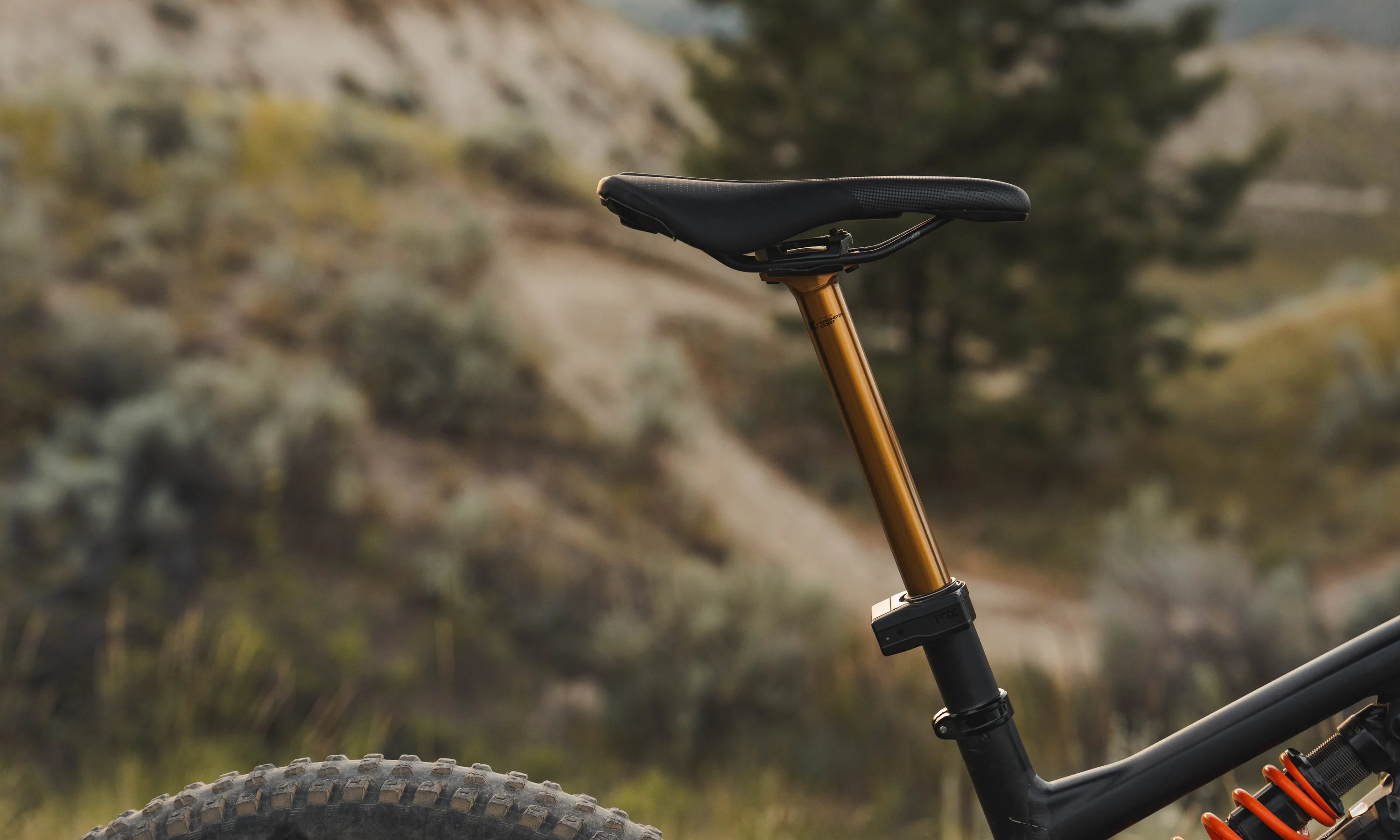What's the difference between a deal and a dream? We compare two Specialized S-Works Stumpjumpers to find out. In one corner, the modestly priced 2016 S-Works Stumpy. In the other, the 2021 blockbuster that is the current-generation S-Works Stumpjumper.
[button]Shop Specialized MTB[/button]
Want more details on how these bikes stack up? Keep reading after the video for more details on the comparison.
2016 Stumpjumper frame vs. 2021 Stumpjumper frame
We cover the geometry differences in the video, but in case you really want to stew on the numbers, here’s how the two Stumpjumpers stack up:
|
2016 S-Works Stumpjumper (M) |
2021 S-Works Stumpjumper (S4) |
|
|
Head angle |
67 degrees |
65 degrees |
|
Seat angle |
74 degrees |
76 degrees |
|
Reach |
414mm |
475mm |
|
Wheelbase |
1,126mm |
1,228mm |
If you’ve been keeping up with MTB geometry trends, you’ll know that virtually all modern trail bikes are going long and slack — as evidenced by the 2021 model’s specs (the S4 size is closer to a L but even the smaller S3 is significantly longer). This means more stability at speed, predictable handling, and overall weight balance between the wheels.
Beyond the geometry, both models are carbon fiber, but the newer Stumpjumper utilizes Specialized’s FACT 11m carbon, while the older model has 10m carbon. Essentially, the 2021 bike uses a higher-modulus carbon fiber, which is perhaps 100-150g lighter per frame. Further, the new model has carbon chain stays, while the 2016 has alloy stays.
The newest Stumpjumper frame does away with the classic Horst Link pivot by the rear axle — more on that in a moment.
[product-block handle="2021-specialized-s-works-stumpjumper-l-1"/]
How the suspension stacks up
Off the top, the 2016 Stumpjumper has notably more suspension travel — 150mm front and rear to the 2021’s 130 rear/140 front combination. But beyond plain numbers, how is this travel delivered to the rider?
As mentioned in the video and above, the 2016 employs a Horst Link rear suspension design, and the 2021 runs on a single-pivot flex-stay suspension. Speaking in general terms, Horst Link bikes provide active suspension travel and are excellent under braking. Some might critique them for bobbing a bit much on climbs or under hard pedaling. Reviews have said that the single-pivot flex-stay design affords more lively climbing behavior. Perhaps it doesn’t feel quite as bottomless on rough descents, but for having only 130mm of rear travel, the latest Stumpjumper holds its own.
As for the suspension components themselves, five years makes a difference. While not vastly inferior, the 2016 bike’s rear shock and fork are both running on older technologies.
The Fox Float DPS EVOL shock on the 2021 Stumpy has an improved damper and extra air volume (hence “EVOL”), compared to the Fox Float CTD on the 2016 bike. Both shocks are the Factory trim, top of the Fox lineup, but the modern damper and larger air can should provide more consistent performance on long, rough descents.
Similarly, although it isn’t a direct comparison between a Fox Factory 34 Float on the 2021 and a RockShox Pike RCT3 on the 2016, it’s noteworthy that the RockShox is running an older-generation air spring and damper. Plus, the newer fork has Boost spacing (15x110mm axle). That probably won’t be life-changing on your average ride, but it is futureproofed, compared to the 15x100mm axle standard. Same goes for the frame’s rear axle spacing.
[product-block handle="2016-specialized-s-works-stumpjumper-m-1"/]
The wheel size debate: 29” or 27.5”?
Although many have converted to 29” wheels (myself included, as noted in the video), 27.5” wheels aren’t going away. Plenty of brands still have the smaller wheel size in their MTB lineups. A lot of it comes down to personal preference. So if you are indifferent, or actually prefer the feel of 27.5” wheels, you might be able to score a deal on a bike like this 2016 Stumpjumper. Plus, if you keep searching, you might track down the 2016 Stumpjumper with 29” wheels — also an option for that model year.
[product-block handle="2016-specialized-s-works-stumpjumper-m-3"/]
Drivetrain differences: SRAM 12-speed Eagle vs. SRAM 11-speed XX1
Apart from geometry, the drivetrains might be the most apparent difference if you rode these bikes back to back. The 2021 Stumpjumper is about as modern as it gets with SRAM’s Eagle AXS wireless electronic drivetrain. This means massive gear range, consistent shifting, and effortless lever action. But that luxury comes at a price.
Perhaps the compromise between the 2016 bike’s 11-speed, 10-42t gear spread and the uber-techy AXS parts would be something like a cable-actuated SRAM GX Eagle drivetrain. Fortunately, both run on the same XD freehub, so that could be an upgrade for the 2016 Stumpjumper.
Conclusion
This deep-dive comparison may seem to paint the 2016 Stumpjumper as an inferior option to the 2021 model. Sure, technology and designs have changed significantly in five years. However, the nearly $4,000 price difference between these bikes should give you pause.
Really, the primary concern is whether you prefer 29” wheels or 27.5 wheels. Because if the smaller wheels work for you, the more affordable, older Stumpjumper is ready to rail the trails. Or, if you think it could use some upgrades, an affordable SRAM Eagle drivetrain (as mentioned above) could transform this bike. Plus, if you stick with the non-boost front wheel, you might score a deal on a better fork. And we all like deals, don’t we?
Read more about the evolution of the Specialized Stumpjumper.

























